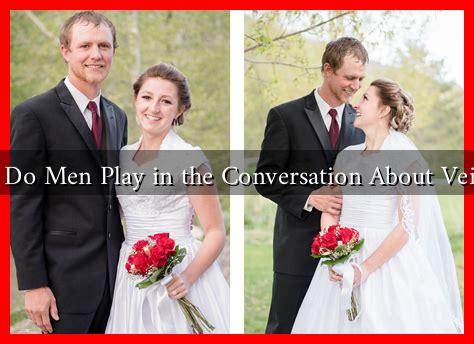-
Table of Contents
What Role Do Men Play in the Conversation About Veil Wearing?
The conversation surrounding veil wearing, particularly in Muslim communities, is often dominated by the voices of women. However, the role of men in this dialogue is equally significant and multifaceted. This article explores the various dimensions of men’s involvement in discussions about veil wearing, examining cultural, religious, and social perspectives.
The Cultural Context of Veil Wearing
Veil wearing, including hijabs, niqabs, and burqas, is deeply rooted in cultural and religious traditions. In many societies, men play a crucial role in shaping the cultural narratives surrounding these practices. Their influence can be seen in several ways:
- Family Dynamics: In many cultures, men are often seen as the heads of households. Their opinions can significantly impact women’s choices regarding veil wearing.
- Community Leaders: Male religious leaders often interpret religious texts and provide guidance on the appropriateness of veil wearing, influencing community norms.
- Public Perception: Men’s attitudes towards women who wear veils can shape societal acceptance or rejection of this practice.
Religious Perspectives
In Islamic teachings, the concept of modesty is central, and interpretations can vary widely. Men often engage in discussions about veil wearing from a religious standpoint, which can lead to differing opinions:
- Interpretation of Texts: Male scholars often interpret the Quran and Hadith, leading to varying views on whether wearing a veil is obligatory or a personal choice.
- Gender Roles: Traditional interpretations may reinforce patriarchal views, suggesting that women should wear veils to uphold family honor.
- Supportive Roles: Conversely, some men advocate for women’s autonomy in choosing whether to wear a veil, promoting a more progressive interpretation of religious texts.
Men as Allies in Women’s Empowerment
While men can sometimes perpetuate restrictive norms, they can also serve as allies in promoting women’s rights and choices regarding veil wearing. Here are some ways men can contribute positively:
- Advocacy: Men can advocate for women’s rights to choose their attire without societal pressure or discrimination.
- Education: By educating themselves and others about the significance of veil wearing, men can foster a more nuanced understanding of the practice.
- Supportive Environments: Creating safe spaces for women to express their views on veil wearing can empower them to make informed choices.
Case Studies and Examples
Several case studies illustrate the role of men in the conversation about veil wearing:
- France’s Burqa Ban: The 2010 ban on full-face veils in France sparked significant debate. Many men, including Muslim leaders, voiced their opposition, arguing that the ban infringed on personal freedoms.
- Men’s Voices in Activism: Organizations like MenEngage work to involve men in discussions about gender equality, including the rights of women to choose their attire.
Statistics and Public Opinion
Public opinion on veil wearing varies significantly across different regions and demographics. According to a 2021 Pew Research study:
- In countries like Turkey, 63% of men support women’s right to wear a hijab.
- Conversely, in Western nations, a significant percentage of men view veil wearing as a symbol of oppression.
These statistics highlight the diverse perspectives men hold regarding veil wearing and the importance of including their voices in the conversation.
Conclusion
The role of men in the conversation about veil wearing is complex and multifaceted. From cultural influences to religious interpretations and advocacy for women’s rights, men can significantly impact how veil wearing is perceived and practiced. As society continues to evolve, fostering inclusive dialogues that involve both men and women will be essential in promoting understanding and respect for individual choices regarding attire. Ultimately, recognizing the diverse roles men play can lead to a more balanced and equitable conversation about veil wearing.

